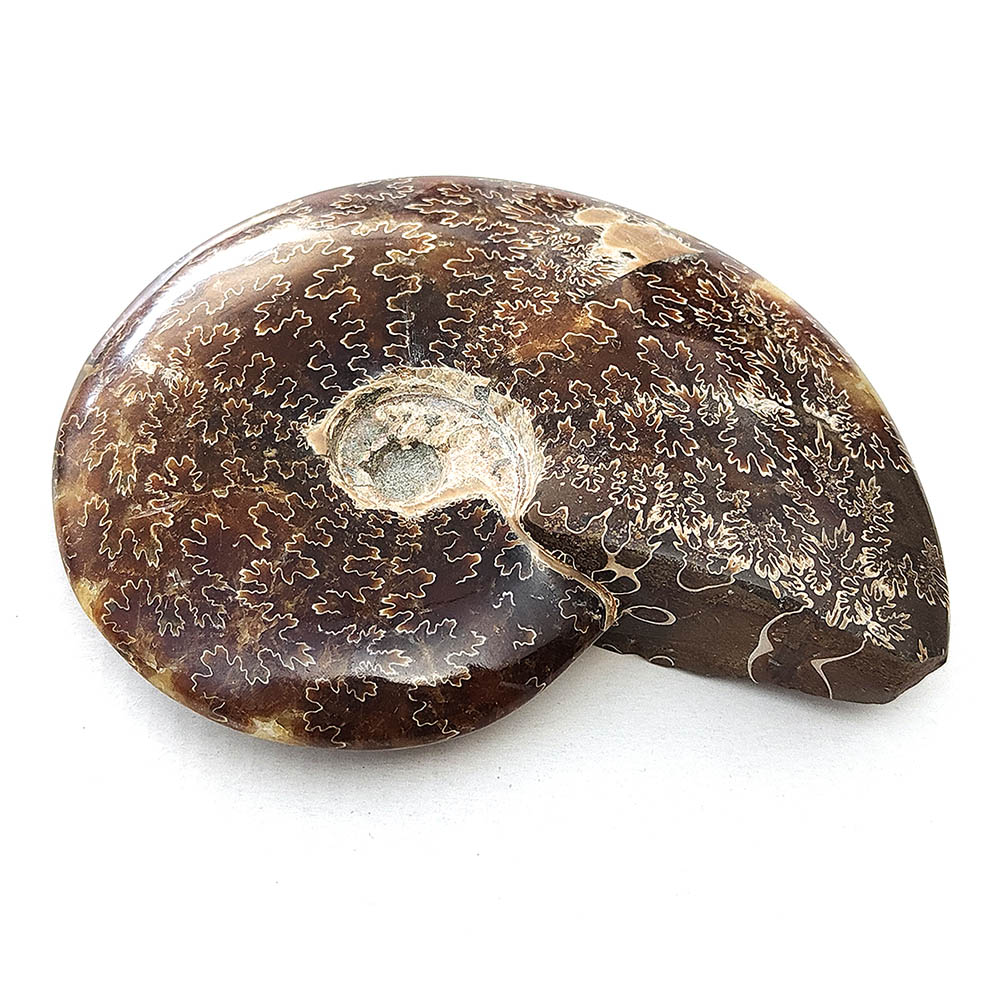Ammonites appeared during the Silurian (435-410 million years) and were very abundant in the Jurassic and Cretaceous seas (175 million years).
They are extinct components of the Cephalopoda group.
Ammonite shells had hollow chambers separated by walls called septa. A tube called a siphuncle connected the body to the chambers allowing the animal to fill them with water or air, changing its buoyancy to go up or down in the ocean. Only the live animal occupied the last chamber.
Ammonites are very important fossils for geological dating.
In some of the specimens from these lots, the natural seams of the shell can be seen.
6 pieces lot.
Total weight: 2,74kg
From Madagasccar
Pieces size: 10cm. approx.
